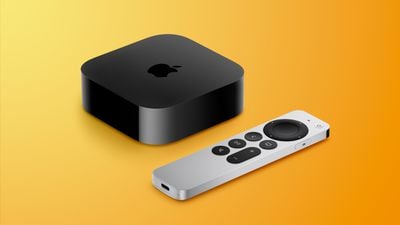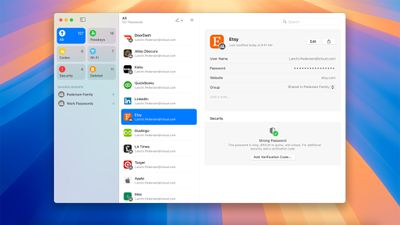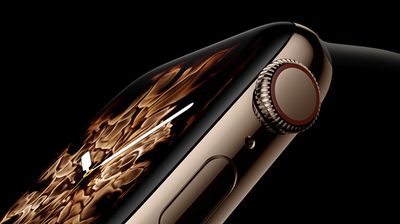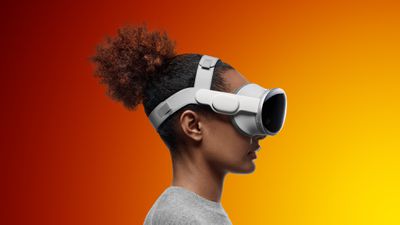Elon Musk has threatened to ban Apple devices from his companies over Apple’s newly announced ChatGPT integration.

Apple Intelligence in iOS 18, iPadOS 18, and macOS Sequoia allows Siri to utilize ChatGPT to handle complex queries, but only when explicit user permission is provided. The feature is designed to provide users with richer, more contextual responses without requiring them to open the ChatGPT app.
During Apple's keynote event, Senior Vice President of Software Engineering, Craig Federighi, emphasized that users will have full control over when ChatGPT is used and that data shared with OpenAI would not be logged or stored. "You are in control over when ChatGPT is used and will be asked before any of your information is shared," Federighi said.
Despite these assurances, Musk expressed strong opposition to the integration on his social media platform, X (formerly Twitter). Musk said, "If Apple integrates OpenAI at the OS level, then Apple devices will be banned at my companies. That is an unacceptable security violation." He continued, "Visitors will have to check their Apple devices at the door, where they will be stored in a Faraday cage." He also repeatedly questioned Apple's ability to ensure data security, stating, "Apple has no clue what's actually going on once they hand your data over to OpenAI. They're selling you down the river."
Apple and OpenAI have both emphasized that user data will only be shared with explicit consent and that these interactions are designed to be secure. OpenAI noted in a new blog post that "requests are not stored by OpenAI, and users' IP addresses are obscured." Users can also choose to connect their ChatGPT accounts to access paid features, but this is an opt-in feature.
Apple has been clear in its messaging that the new AI capabilities are designed with user privacy at the core. Apple's approach leverages a combination of on-device processing and cloud computing, ensuring that data is not stored in the cloud. Apple's integration of ChatGPT into its operating systems is part of a broader strategy to enhance the AI capabilities of iOS, iPadOS, and macOS.


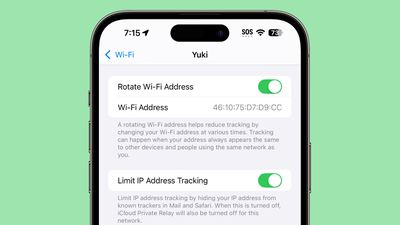

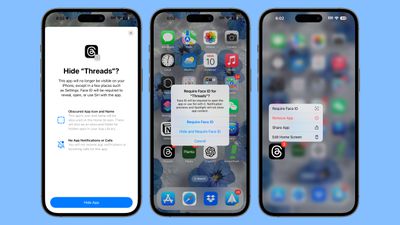

 Screenshot:
Screenshot: 
